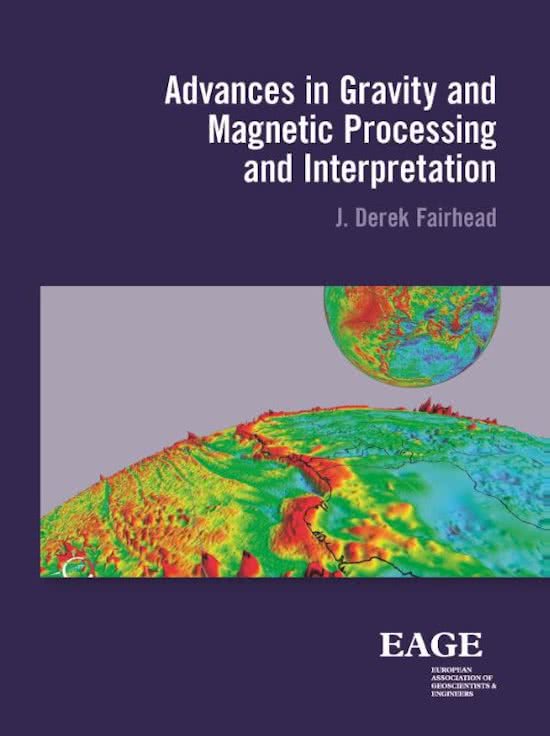Advances in Gravity and Magnetic Processing and Interpretation

- EPUB
This book results from over 40 years of teaching the subject at post graduate (Masters) level to geophysical exploration geoscientists. It provides an insight into the acquisition, advanced processing and interpretation of gravity and magnetic data used in today’s oil and mineral exploration industries. The book does not go into any detailed mathematical treatment of potential field theory which is more than adequately covered by other recently published text books, but adopts a more practical approach of how one processes and interprets gravity and magnetic profile and grid data to generate 3D structural depth maps.
Advanced processing and interpretation have evolved significantly over the last two decades. The traditional amplitude derivative methods are now augmented by powerful local phase and local wavenumber derivative methods, all of which are used to identify and map structural lineaments as well as providing accurate depth estimations using infinite and finite depth models.
In what one can call the post-Euler era, interpretation methods have evolved from generating clouds of Euler depth solutions to estimating depths of individual magnetic anomalies. Where sedimentary basins are at their deepest, there is often a sparsity of depth solutions but not magnetic data. Transforming the magnetic data into pseudo-gravity now provides a means of mapping the whole basement surface. The book draws extensively on collaborative works with Dr Ahmed Salem, other colleagues and research students via publications which are references both within the text and at the end of each section.
All rights reserved. This publication or part hereof may not be reproduced or transmitted in any form or by any means, electronic or mechanical, including photocopy, recording, or any information storage and retrieval system, without the prior written permission of the publisher.


